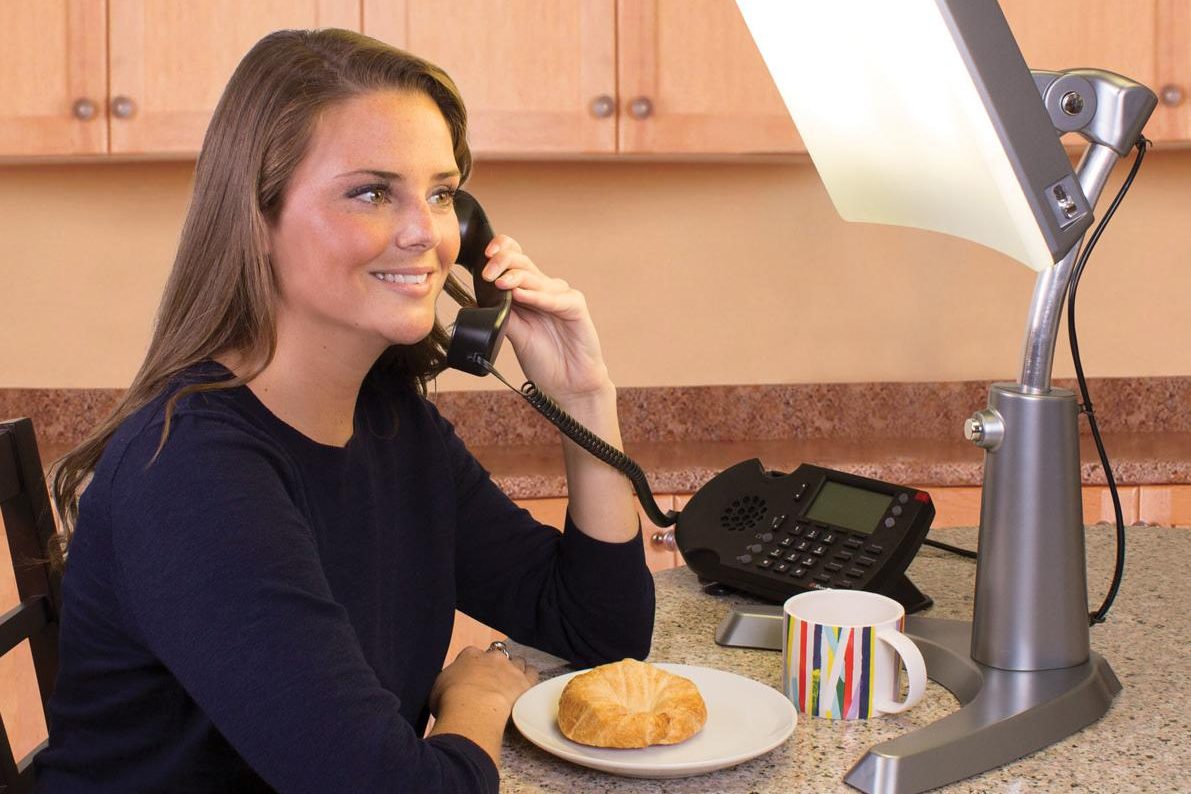Depression is a common problem without a silver bullet. However I’m excited by Wake and Light Therapy for the rapid treatment of depression at the Priory Hospital North London. As far as I am aware, it is not available at any other hospital in the UK.
This blog covers why I am interested in Wake and Light Therapy to treat depression and who it might be best suited for. Detailed information is on the Information section of the website.
Why I am interested in Wake and Light Therapy
Wake and Light Therapy refers to a treatment that involves total sleep deprivation for 36 hours, followed by four days of advancing the time that you go to sleep . It also incorporates bright light therapy each morning.
Wake and Light Therapy is technically called Triple Chronotherapy. Wake and Light Therapy is an emerging science, so it is unlikely to be included in the revised NICE Guidelines for treating depression.
More research into Wake and Light Therapy is needed but I am excited about its potential. Our team have conducted a review of previous studies that was published in the Journal of Affective Disorders. Our conclusion was that chronotherapy appears to be highly effective for the rapid treatment of depression and lacks significant side effects. Patients who respond typically see results within the first week. In 2019, I headed a small research trial of Wake and Light Therapy in about 60 depressed out-patients. This study is currently being reviewed for publication and I will link to the article when it is available.
This is promising area of treatment that I find is strangely neglected by psychiatrists and psychologists. My team and I offer Wake and Light Therapy for the rapid treatment of depression to private in-patients at the Priory North London. As far as I am aware, we are the only hospital to do so in the UK and I would to see it rolled out in the NHS.
How does Wake and Light Therapy work?
The rationale for Wake and Light Therapy is that depression (in some individuals) is associated with disturbances in one’s circadian rhythm. The therapy is used to reset your rhythm. I explore the science behind this further in the second blog.
How many people respond?
About half of patients appear will respond with Wake and Light therapy after about a week, but we cannot yet predict who this will be. By “respond’, we mean a 50% reduction in symptoms. Astonishingly these result are about the same for anti-depressants or Cognitive Behavioural Therapy (CBT) but these therapies typically take 6 weeks to have the same results.
Who improves with Wake and Light Therapy?
Wake and Light Therapy appears to have positive effects on all types of depression, both unipolar and bipolar. It may work best if you have the core symptoms of depression such as melancholia, waking early in the morning or poor appetite.
Is the therapy suitable for everyone?
If you have a history of epilepsy, then wake therapy (sleep deprivation) may induce a seizure. This will need further discussion: it may be better for you to have Bright Light Therapy without sleep deprivation.
If you have bipolar disorder, then there is a slight risk of switching to mania as part of the natural history of the condition. There needs to be a plan in place if this does occur. If you are suffering from rapid cycling which is occurring daily then the programme is not suitable.
Bright light therapy is similarly not suitable if you have severe eye disease, traumatic injuries affecting both eyes or if you are taking photo-sensitising medication that commonly causes burns with bright light.
If you are currently working a night-shift you would need to return to a normal sleep pattern before starting the program
If you have a chronic depression that is linked more to your personality then there may not be any benefit.
Are there any reported side effects of Bright Light Therapy?
There are no known major side effects from Light Therapy. It can be used in conjunction with anti-depressant medication and other psychological therapies. Side effects are generally uncommon but include decreased sleep, dry mouth, nausea, headache, weakness and fatigue. These symptoms are transitory and can usually be managed by reducing the duration of the light therapy from 30 to 15 minutes or adjusting the distance from the light box. In rare cases, if you have bipolar disorder, you might switch from depression to mania.
Please contact me if through my [email protected] you’d like an assessment for Wake and Light Therapy.

